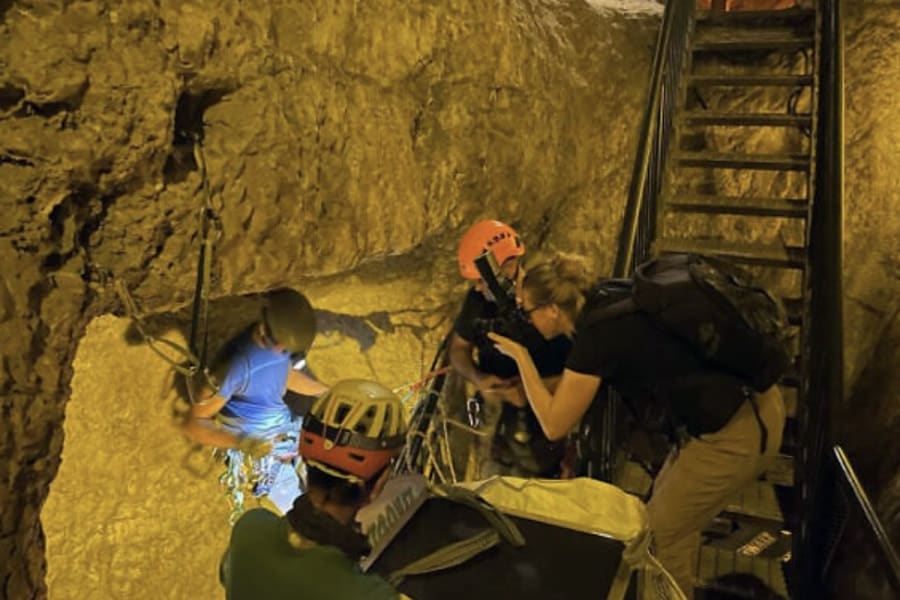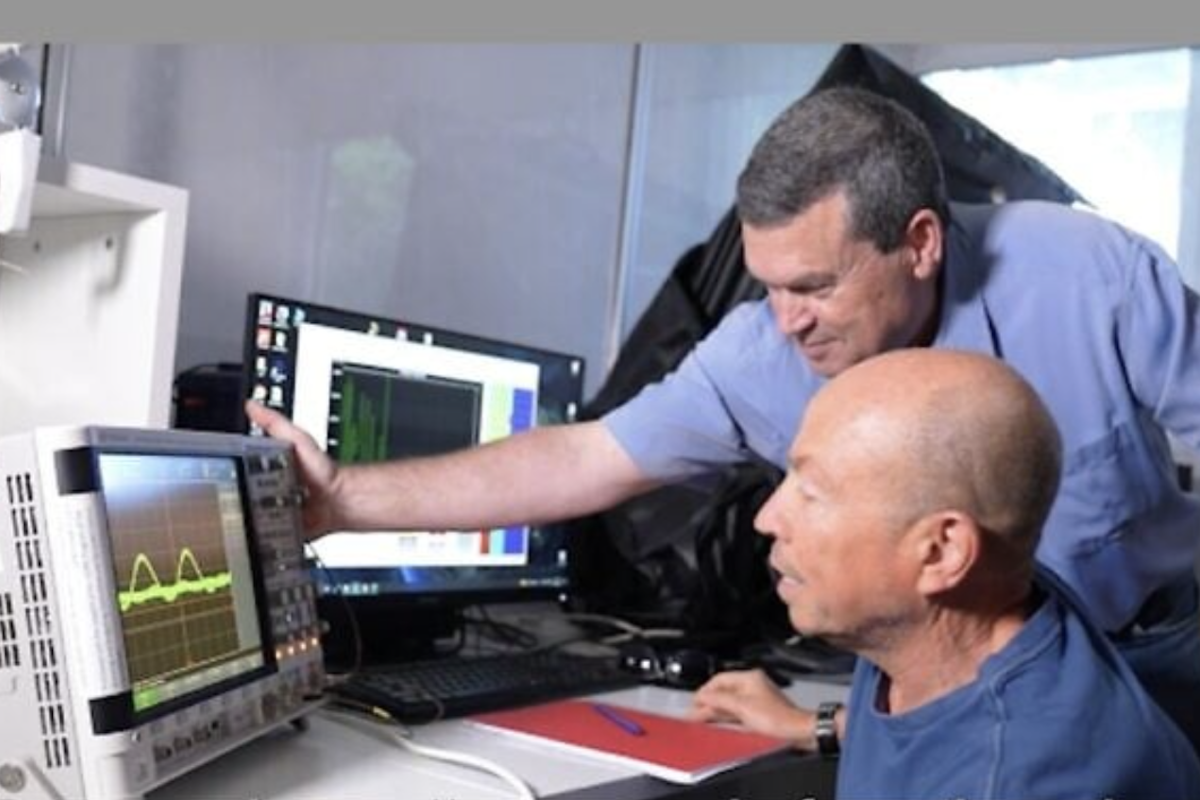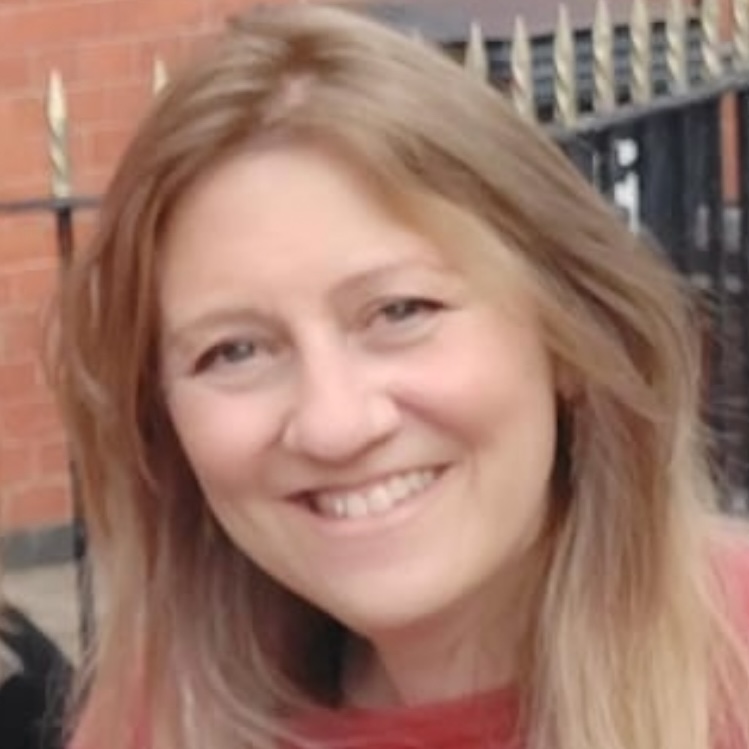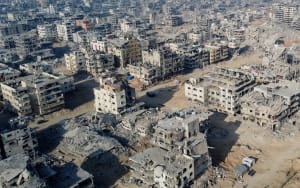New technology from Tel Aviv University scientists lets archaeologists ‘X-ray’ the earth without digging

New technology announced on Monday by a team of scientists from Tel Aviv University reveals what is hidden underground in a manner similar to an X-ray on the earth.
The researchers demonstrated the new method at the City of David, where the underground imaging system successfully detected underground cavities already known to archaeologists, along with others that previously lay undiscovered.
“It was very interesting, a clear indication that the system works,” Prof. Oded Lipschits of Tel Aviv University’s Jacob M. Alkow Department of Archaeology and Ancient Near Eastern Cultures said, according to the Times of Israel. “Now we can move forward and refine the technique.”
Lipschits explained, “Above-ground structures are relatively easy to excavate, but there are no effective methods for conducting comprehensive surveys of subterranean spaces beneath the rock. If we happen to find a cavity while digging, we can explore it, but we have no way of locating these spaces in advance. Now, for the first time, we have a method that allows us to see underground before touching a shovel.”
The research team, led by Prof. Erez Etzion of the Raymond and Beverly Sackler School of Physics and Astronomy, describes the technology as a “novel underground imaging system that utilizes cosmic-ray muons to explore the subsurface environment.”
The scientists published their work in the Journal of Applied Physics, announcing the new detection system based on muons, described as “fundamental subatomic particles” by the US Department of Energy. The DOE explanation continues that muons are “the most basic building blocks of the universe as described in the Standard Model of particle physics,” similar to electrons but weighing over 207 times more.
Introducing the muon-based scanning system, the publication explains, “The method exploits the fact that muons lose energy as they travel through matter, with attenuation depending on the integrated density along their path. By tracking muon trajectories through a multi-layered, scintillator-based detector, we reconstruct angular flux distributions and infer variations in overburden density.”
Putting it more simply, Lipschits told TOI, “All archaeological sites are like Swiss cheese.” He continued, “from the pyramids of Egypt to the Maya cities of South America, and of course here in Israel, ancient inhabitants carved out underground spaces for water systems, agricultural storage, and more,” explaining that they would only encounter such cavities by chance in the past.
“With this research, we set out to develop a simple, low-cost method to produce a 3D map of what lies beneath the bedrock – using artificial intelligence as well – so that archaeologists can arrive at a site already knowing the underground layout and decide where to dig accordingly,” he added.

According to Lipschits Israel has many such cavities due to the large areas of land which contain a layer of hard limestone with a softer chalk layer underneath, which can be easily carved to make water systems, storage, and even living areas. These can be detected as muons travel through the spaces.
“Muons hit the ground at a constant, known rate,” Prof. Erez Etzion explained in a university statement. “Unlike electrons, which stop after only a few centimeters of soil, muons lose energy slowly and some penetrate deep into the Earth – some even reaching depths of up to 100 meters [328 feet]. If we place muon detectors underground and measure the surrounding environment, we can identify empty spaces where energy loss is negligible.”
Etzion likened the underground imaging system to an X-ray, saying, “You send an X-ray beam through a body and place a camera on the other side to image bones and joints, which block the beam more than, for instance, fat or flesh.”
He added, “Here, the muons are the X-ray beam, our detector is the camera, and the underground systems are the human body.”
Although more primitive versions of the technology have been used since the 1960s to explore the pyramids in Egypt, the new system will now be used to explore other sites around Israel.
“We are planning a case study at Tel Azekah,” Liphshitz said, “because we know there is a large water reservoir there, and we want to see what the cosmic ray detectors can reveal. Afterwards, we will excavate the site and compare the findings.”

Jo Elizabeth has a great interest in politics and cultural developments, studying Social Policy for her first degree and gaining a Masters in Jewish Philosophy from Haifa University, but she loves to write about the Bible and its primary subject, the God of Israel. As a writer, Jo spends her time between the UK and Jerusalem, Israel.
You might also like to read this:

















